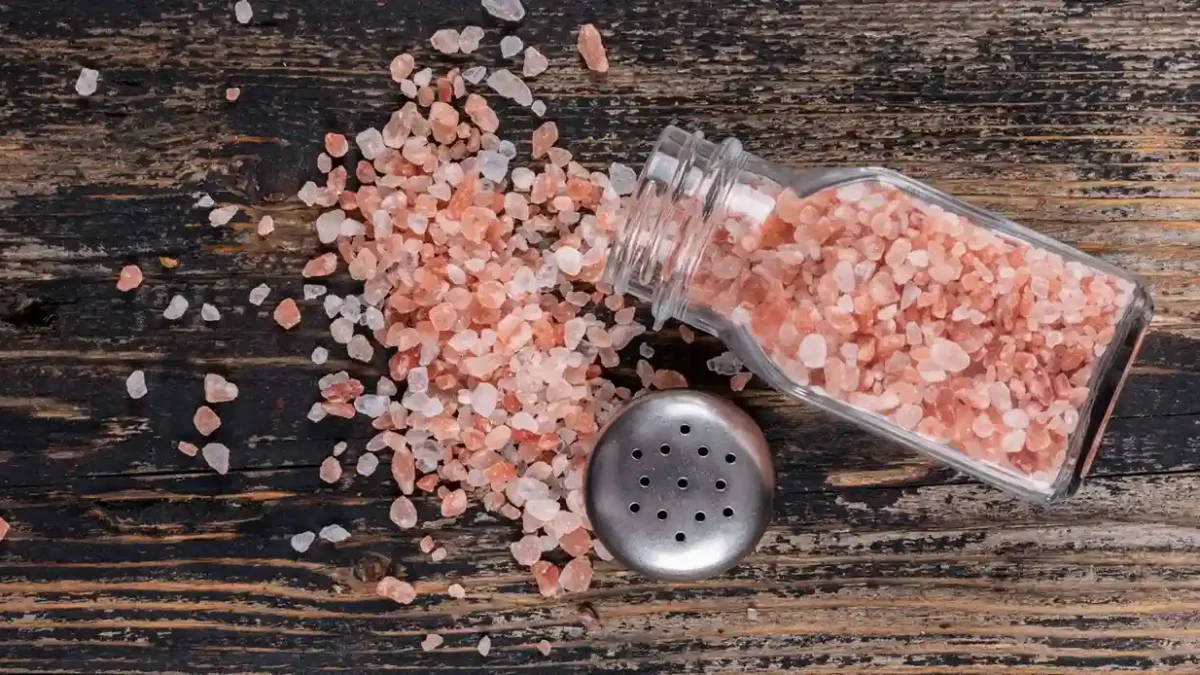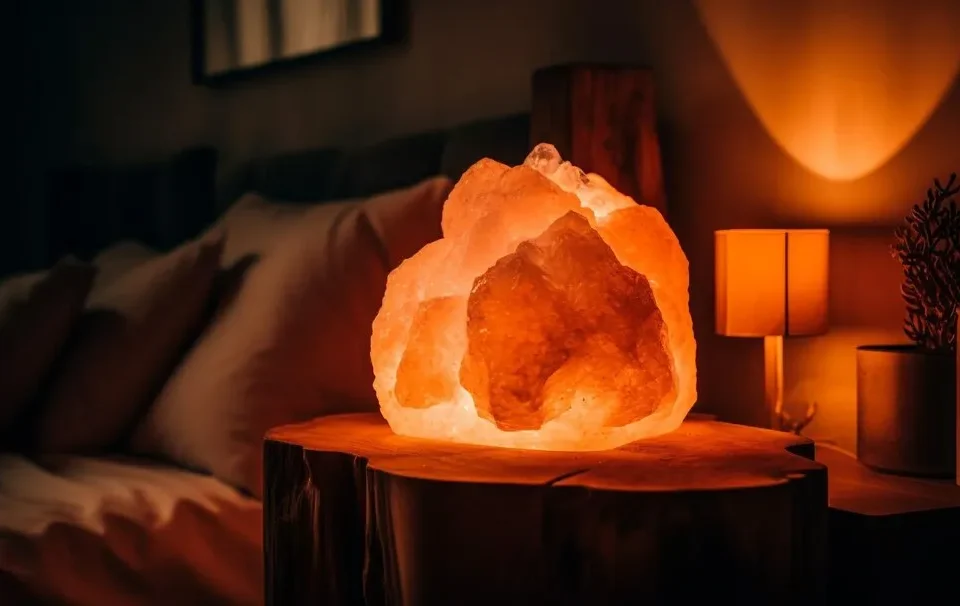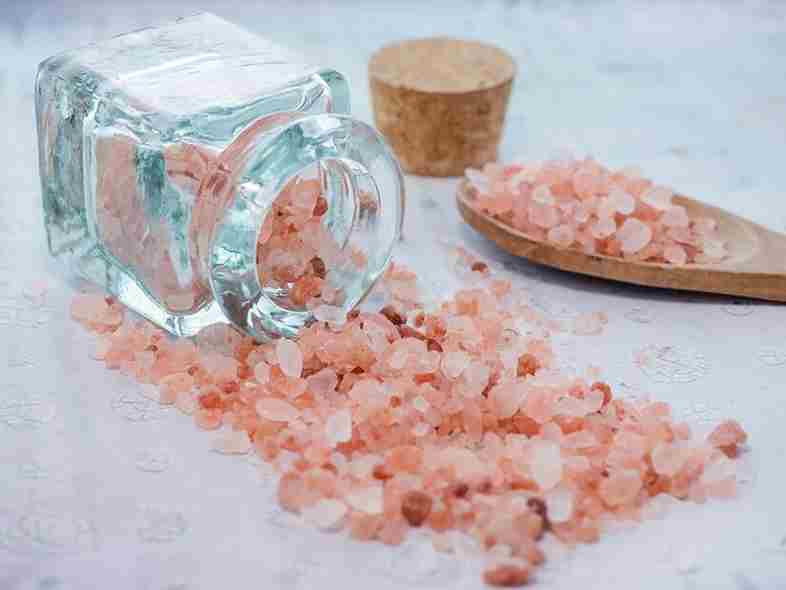Himalayan salt has gained immense popularity in recent years, often marketed as a healthier alternative to regular table salt. But is Himalayan salt really good for you, or is it just another health trend? In this comprehensive guide, we will explore the facts, benefits, and potential risks of Himalayan salt to help you make an informed decision.
What is Himalayan Salt?

Himalayan salt is a type of rock salt mined from the Khewra Salt Mine in Pakistan. Its pink hue comes from trace minerals such as iron, magnesium, potassium, and calcium. Unlike regular table salt, which is heavily processed, Himalayan salt is often marketed as a more natural and mineral-rich option.
Health Benefits of Himalayan Salt
Many health enthusiasts claim that Himalayan salt offers several health benefits. Below are some of the most common claims:
1. Rich in Minerals
Himalayan salt contains over 80 trace minerals, including calcium, magnesium, and potassium. These minerals are essential for various bodily functions, such as bone health and muscle contractions.
2. Improves Hydration
Some believe that Himalayan salt helps improve hydration by maintaining the body’s electrolyte balance. When mixed with water, it creates a natural electrolyte drink that may aid in hydration.
3. Balances pH Levels
Advocates suggest that Himalayan salt helps balance the body’s pH levels by reducing acidity. However, scientific evidence supporting this claim is limited.

4. Enhances Sleep Quality
It is said that the minerals in Himalayan salt can help improve sleep quality by regulating the production of melatonin, though more research is needed to confirm this benefit.
5. Supports Respiratory Health
Himalayan salt lamps and salt therapy are often promoted for improving respiratory health by reducing allergens and toxins in the air.
Nutritional Comparison: Himalayan Salt vs. Table Salt
| Feature | Himalayan Salt | Table Salt |
|---|---|---|
| Sodium Content | Slightly lower | Higher |
| Minerals | 80+ trace minerals | Iodine (if fortified) |
| Processing | Minimal | Heavily processed |
| Additives | None | Anti-caking agents |
While Himalayan salt may contain more minerals, the quantities are often too small to provide significant health benefits.
Potential Risks of Himalayan Salt
Despite its many claimed benefits, there are a few considerations to keep in mind:
- High Sodium Intake: Excessive consumption of any salt can lead to high blood pressure and heart disease.
- Iodine Deficiency: Unlike iodized table salt, Himalayan salt contains very little iodine, which is essential for thyroid health.
- Price: Himalayan salt is significantly more expensive than regular table salt, without offering substantial health advantages.
Conclusion: Should You Use Himalayan Salt?
Himalayan salt can be a flavorful and aesthetically pleasing alternative to regular table salt. While it does contain trace minerals, the health benefits are often exaggerated. If you enjoy the taste and appearance of Himalayan salt, feel free to use it in moderation. However, for essential nutrients like iodine, it’s best to stick to iodized salt or other dietary sources.
FAQs About Is Himalayan Salt Good for You?
1. Is Himalayan salt healthier than regular table salt?
Himalayan salt contains more minerals than regular table salt, but the amounts are too small to provide significant health benefits.
2. Can Himalayan salt help with weight loss?
There is no scientific evidence to suggest that Himalayan salt directly aids in weight loss.
3. Does Himalayan salt have iodine?
Himalayan salt contains very little iodine compared to iodized table salt, which is essential for thyroid function.
4. Is Himalayan salt good for high blood pressure?
Like any salt, excessive consumption of Himalayan salt can contribute to high blood pressure. It should be consumed in moderation.
5. How can I use Himalayan salt in my diet?
You can use Himalayan salt in cooking, seasoning, or as a finishing salt for salads and grilled dishes.




